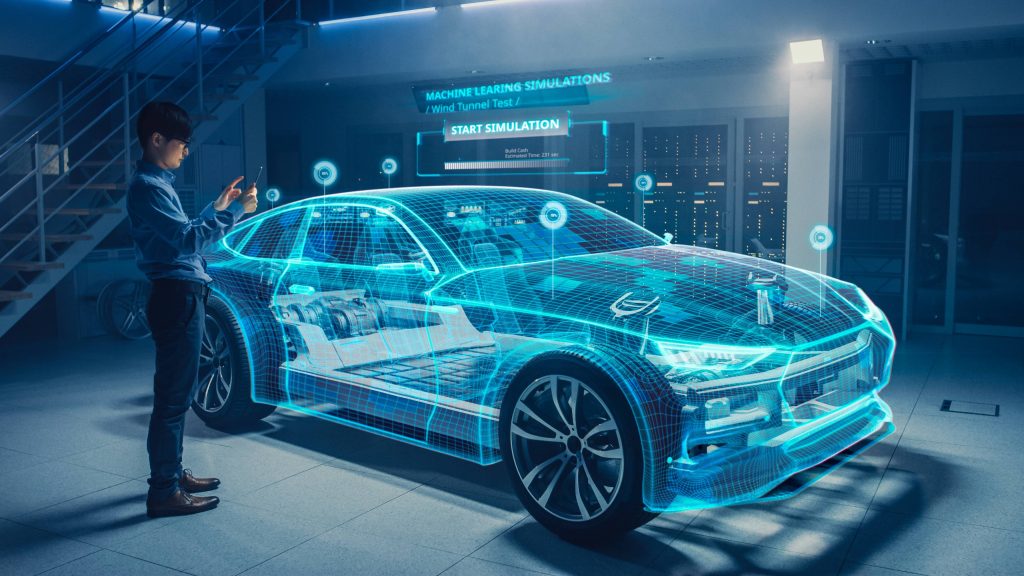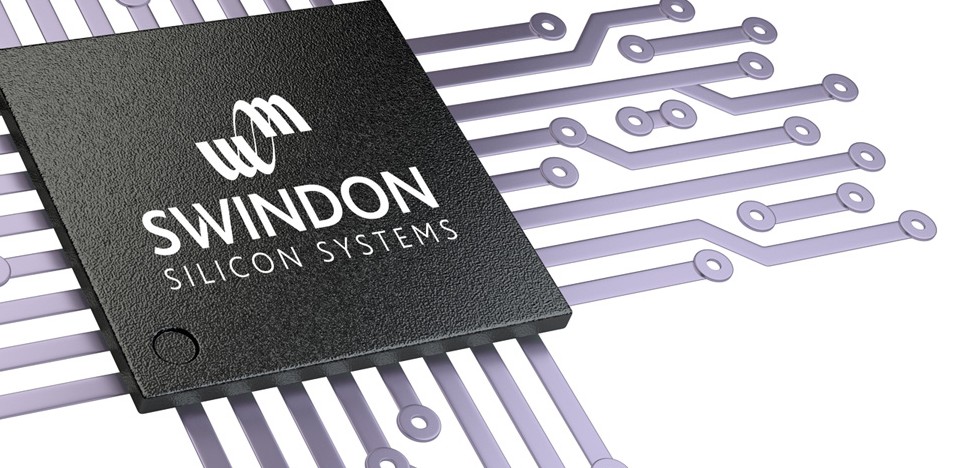What if you knew there was danger before you could see it? Vehicle-to-Everything (V2X) technology, which enables cars to communicate with a wide variety of surrounding objects, promises to deliver just that. But what’s holding back V2X adoption, and what can automotive OEMs do to stay competitive in the meantime? Here, Ross Turnbull, Director of Business Development and Product Engineering at ASIC design and supply company Swindon Silicon Systems, explores.
As connected systems show huge promise for convenience and efficiency — both in the workplace and at home — there’s been some questions around adoption of a fully-connected approach in the automotive sector.
This began with the notion of Vehicle-to-Everything, or V2X. V2X describes a system where the vehicle is connected to virtually any entity that may affect or be affected by the car, including other vehicles, local infrastructure, pedestrians and cyclists.
The benefits of V2X technology are clear to see. V2X-enabled vehicles could alert their drivers to unseen hazards, such as the sudden braking of a car several vehicles ahead. Information about road conditions, such as upcoming bends or roadworks, can also be provided. And connectivity with road infrastructure means that public transport and emergency services can be prioritised by traffic light systems. In fact, European car safety assessor Euro NCAP has already amended its car safety rating system to include V2X-based technologies, as the assessor recognises the positive impact V2X could have for safety.
Barriers to adoption

Despite the potential promised by V2X, it’s unlikely we’ll be seeing it on a mass scale in the UK anytime soon. Lack of standardisation in communication protocols across the market has proven to be a huge barrier to adoption so far. At present, there are two main options for V2X communications. The first is Dedicated Short-range communications, or DRSC, which works similarly to Wi-Fi. The other option is cellular V2X (C-V2X), which operates on the 4G and 5G cellular networks. It’s estimated that around half the global market is using DRSC, while the remainder use C-V2X.
While the pace of 5G development means that it’s likely C-V2X uptake will outweigh DSRC, it’s not completely set in stone. In the meantime, some hybrid systems encompassing both Wi-Fi and cellular connectivity have been made available. However, it’s unlikely a hybrid approach will prove optimal in the long term.
Another issue is the sheer scale of the project. Building sensors into every traffic light, vehicle or crossing will require huge commitment from both local infrastructure providers and automotive OEMs. Though it’s not entirely necessary for everything to be connected, the effectiveness of V2X is diminished somewhat by fewer connections.
So, where should manufacturers focus their efforts? It’s clear that in Europe at least, the implementation of V2X technologies will be a requirement for cars aiming for a five-star safety rating. But continuing to develop the car’s own sensor system — and not just the wider network — must also remain a priority. A car with smarter onboard sensors can offer safety improvements right away, without the wait for surrounding devices to be brought online.
Improving car capabilities

Many new car models now feature a wide variety of sensor types. Optical sensors may be used to identify lane markings, read traffic signs and categorise objects in the environment. Radio wave and laser-based technologies may also be used to provide more accurate positional information on the car and its surroundings.
Regardless of the sensor type, you’re likely to find at least one integrated circuit (IC) within each. These ICs are primarily responsible for converting and processing the sensor data into meaningful electrical signals. The signals are then sent to the car’s central electronic unit for further action.
As part of the interface between the sensor and driver, these ICs play a crucial role in the car’s safety system. Without them, there’s no useful information for the car to interpret. It’s clear, then, that any problems with the IC will have knock-on effects. Poor signal quality or strength could lead to inaccuracies in important safety features, potentially putting the car’s occupants and other road users at risk. For automotive OEMs looking to build a more accurate or sophisticated sensor system, the IC is an ideal place to start.
Optimised ICs
Commonly, these ICs are commercial off-the-shelf (COTS) parts. While it’s possible to find COTS ICs designed for the automotive markets, the standardised nature of their design means they’re unlikely to offer a superior solution.
Instead, an Application Specific IC (ASIC) can be used. An ASIC is a bespoke chip, where its design has been customised specifically to fit the needs of the application.
Thanks to its custom design, an ASIC offers a multitude of benefits over standard commercially available alternatives. Circuitry tailored to the specific sensor type and sensitivity allows for better quality signals and a higher IC performance. Since the ASIC design will optimise for the most important functions, unnecessary components can be removed for a more compact size — ideal for implementation in space-limited areas. And improvements in ultra-low power consumption electronics mean that ASICs will often require a lot less power, useful for battery-powered sensors that are disconnected from the car’s main electronics.
Once the ASIC design project has been completed, the customer can retain full ownership of their IP. Retained ownership helps to prevent designs from reaching the hands of the competition, keeping the market advantage firmly in the customer’s product.
While V2X offers promising benefits, full-scale adoption seems further away than initially thought. But in the meantime, automotive OEMs should continue to seek new ways to enhance their own vehicles’ technology. Fortunately, with the opportunity to develop custom ICs, there are viable options available for OEMs looking to differentiate themselves from their competition, securing the market advantage and the approval of safety-conscious consumers.












